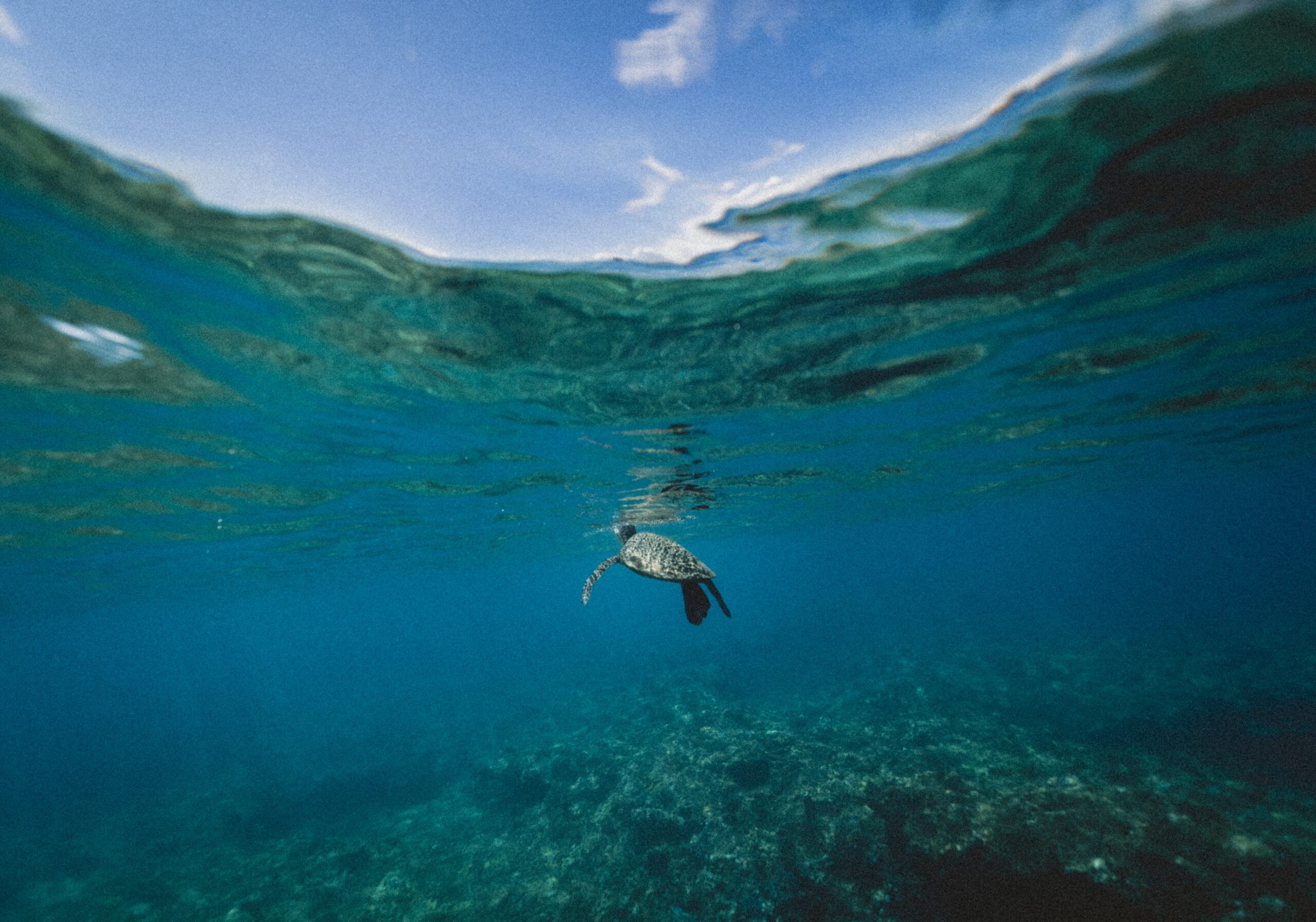Considering that 71 percent of the earth’s surface is water, it makes sense that green initiatives also include ways to protect the blue parts of the globe. An innovative and fairly new financial instrument, called a blue bond, aims to do just that.
Blue bonds are debt securities issued to help protect the world’s oceans and seas through sustainable fishing, reducing plastic waste, and other eco-friendly initiatives. They are similar to green bonds in how they are issued and spent, but with a focus on water rather than land protection.
The primary objective of blue bonds is to raise the capital needed to implement United Nations Sustainable Development Goals (SDGs) related to oceans, seas, and marine resources, while also helping move toward a more sustainable maritime economy.

As noted in a Bloomberg article last month, blue bonds can be looked at as a sub-category of Environmental, Social, and Governance (ESG) finance, with a “blue economy” model that combines responsible economic growth with protecting large bodies of water.
The market for blue bonds began in 2018 with the Seychelles archipelago in the Indian Ocean dubbed as a “biodiversity hotspot,” by Joywin Mathew of global law firm DLA Piper in a January article for the Lexology legal website.
According to Mathew, the Seychelles “needed to balance its desire to pursue economic development against its need to protect its natural environment.”
To help ensure the environmental protection part, the Seychelles issued a blue bond in the amount of $15 million, supported by the World Bank. Proceeds from the bond were used to help expand marine protected areas, improve the governance of priority fisheries, and aid in the development of the Seychelles’ ocean economy.
The next blue bond was issued a year later by Nordic Investment Bank. That bond, in the amount of $234 million, was used to help prevent water pollution and restore biodiversity in the Baltic Sea.
Around the same time, Morgan Stanley served as an underwriter for a blue bond issued by the World Bank. The $10 million in proceeds from that bond went toward reducing plastic waste in oceans and promoting the sustainable use of marine resources in developing countries.
Last year, blue bonds totaling $961 million were issued by a pair of offshore branches of the Bank of China, Bloomberg reported. That was followed by a $450 million bond from Industrial Bank Company’s Hong Kong branch.
There’s no denying the need for these kinds of funds. The world’s oceans are in a “dire state” due to overfishing, climate change, ocean acidity, and the loss of reefs and ecosystems, according to a recent article on The Nature Conservancy (TNC) website.
To help address the problem, The Nature Conservancy has launched a plan called Blue Bonds for Ocean Conservation. Under this plan, TNC will work with countries to refinance part of their national debt as a way of lowering their debt burdens, and then secure funding for conservation activities such as protecting coral reefs, mangroves, and other important habitats.
On its website, TNC outlined the following features of its blue bond program:
- Conservation Commitments: Governments must be committed to protecting at least 30 percent of their ocean areas in alignment with global goals.
- Marine Spatial Planning: TNC will work with stakeholders to identify activities that combine conservation and sustainable economic opportunities, such as restoring coral reefs for tourism and improving the management of fisheries.
- Unlocking Sustainable Finance: TNC will work with its partners to help refinance the national debt of countries, which might involve buying the debt at a discount and restructuring it with better interest rates and/or longer repayment terms.





